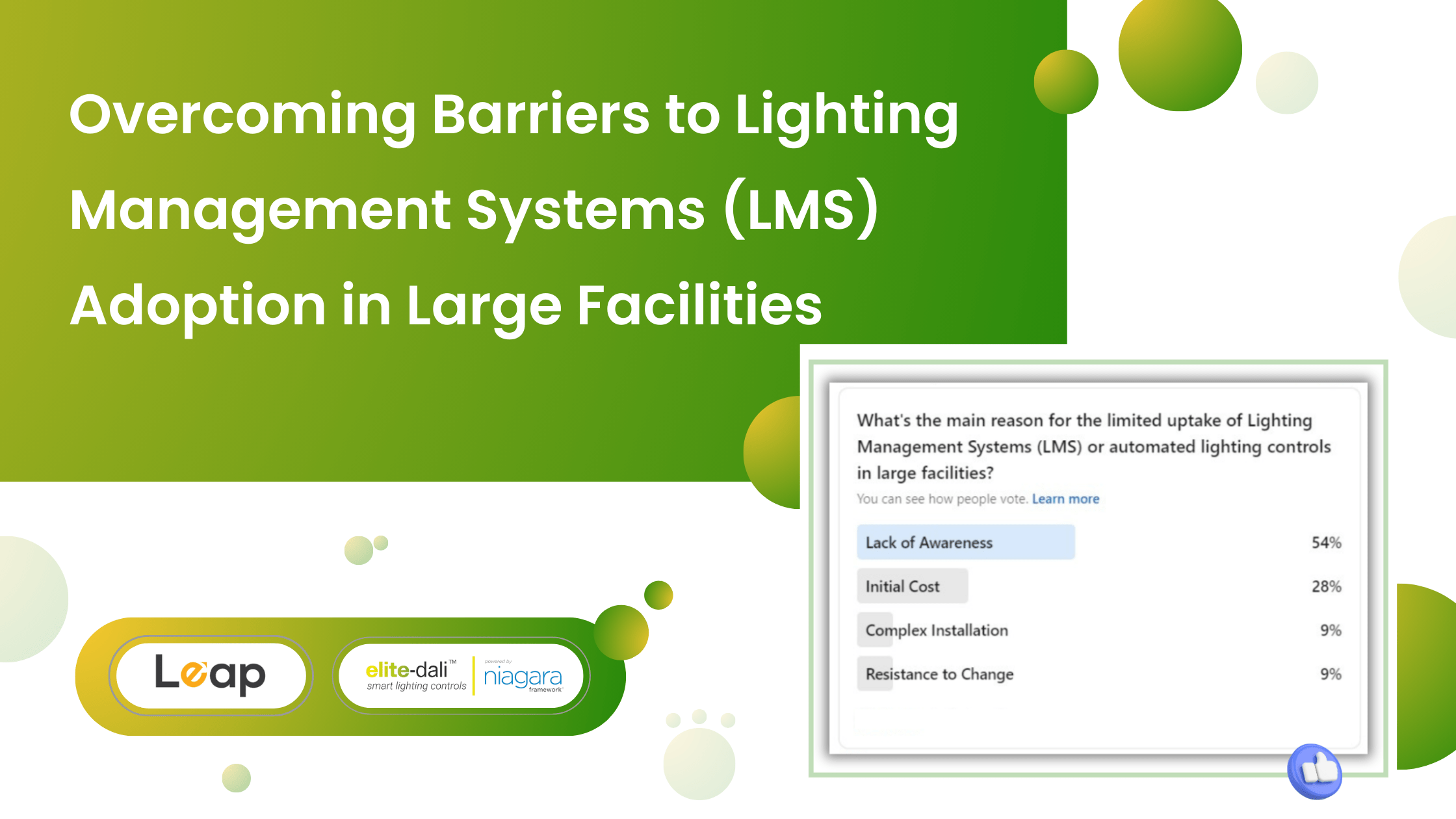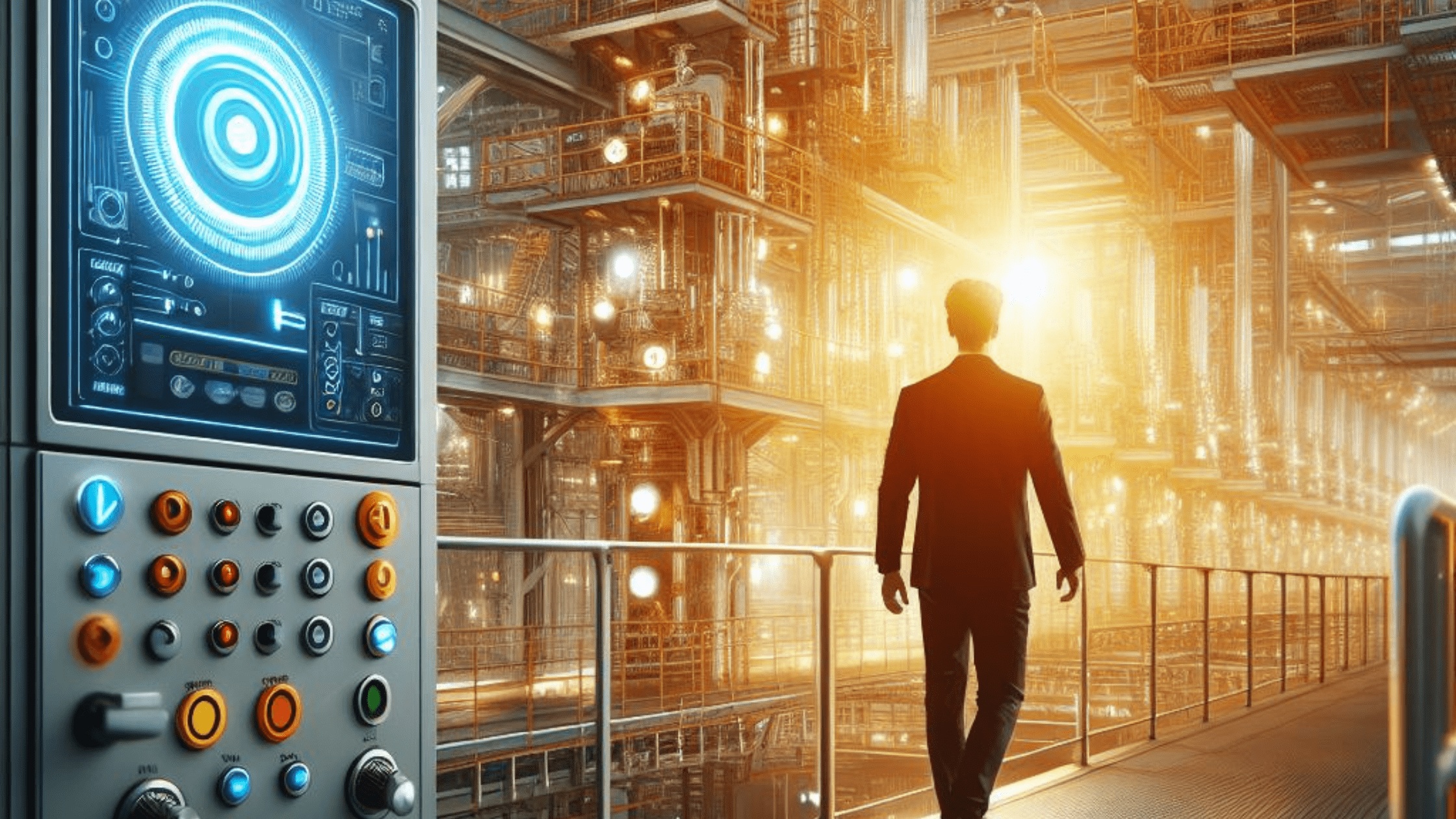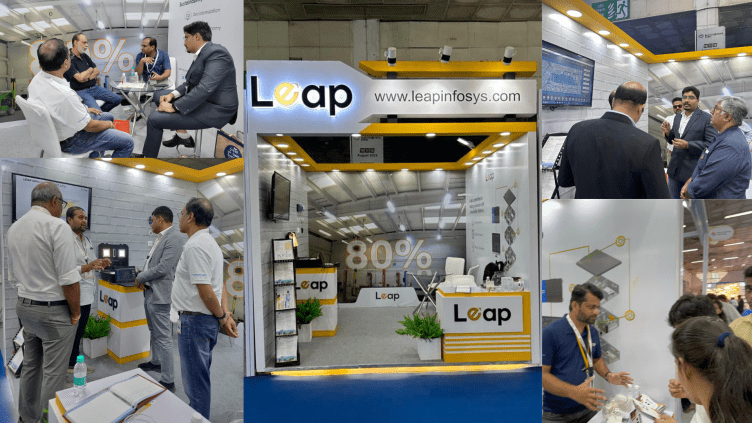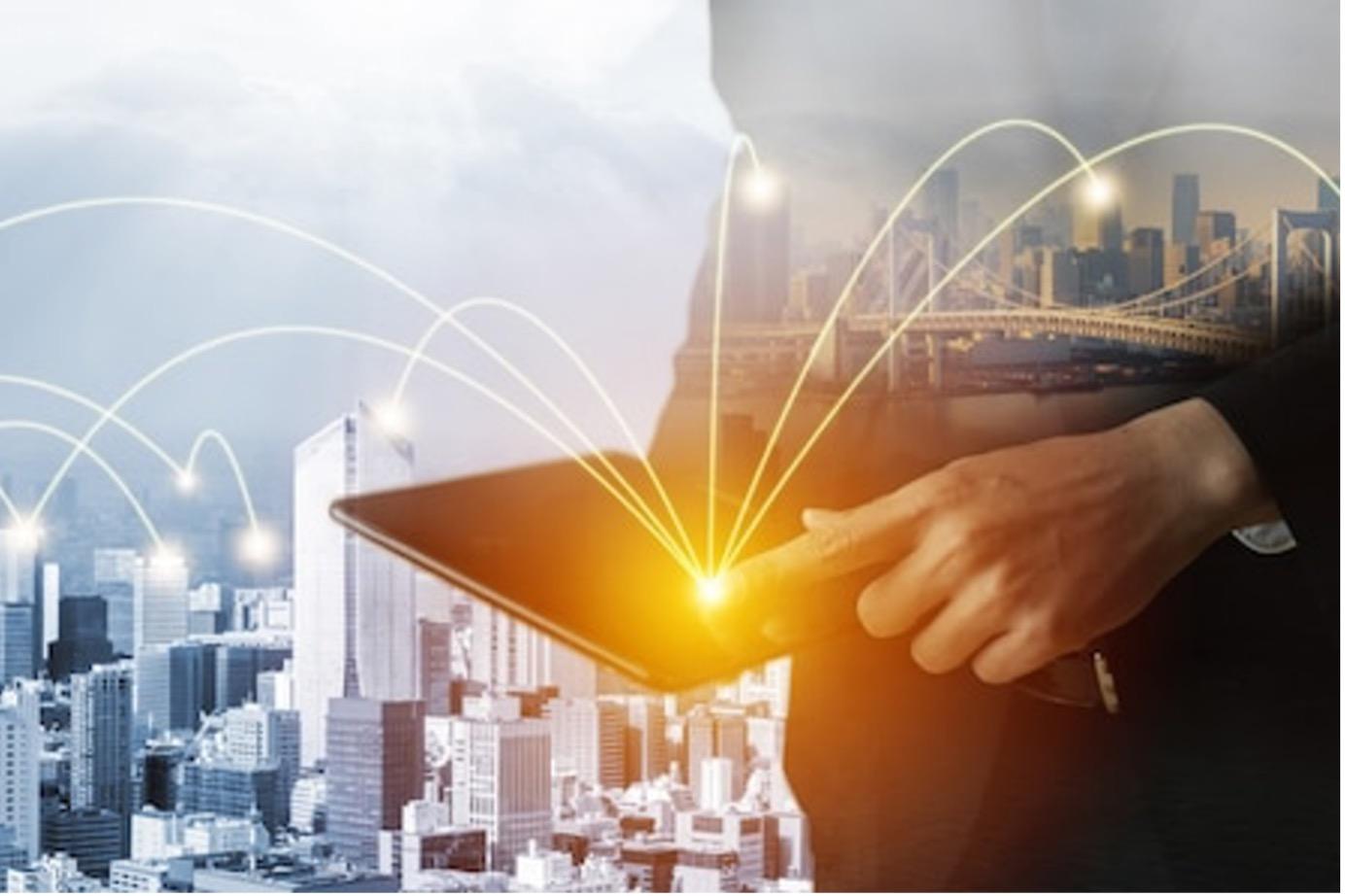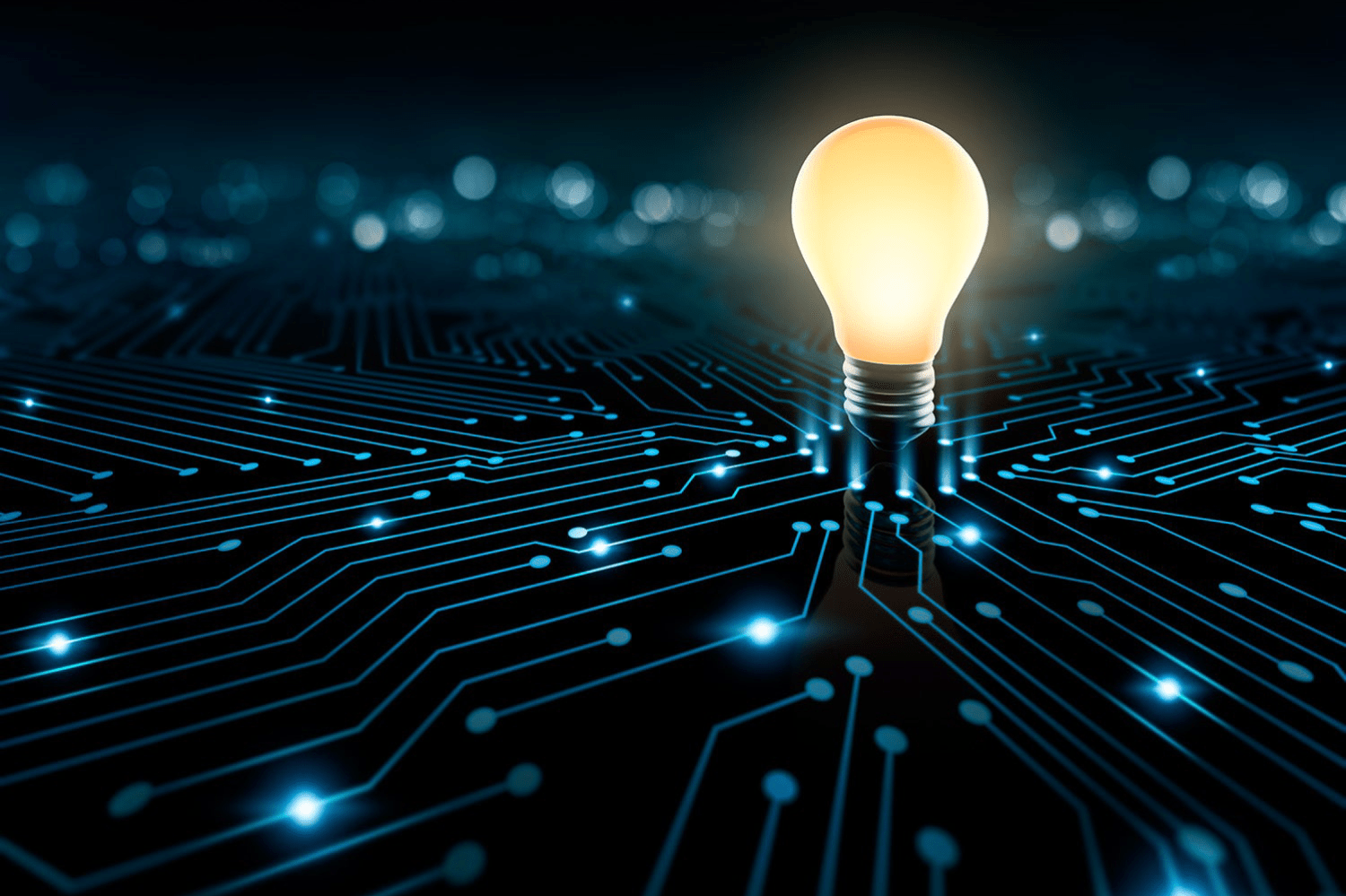Innovative usages of Lighting Technologies
“Innovation in lighting industry” – the term became a buzzword when corporations across the globe realised the difference between the two states of employees – being physically present in the office and being productive.
In fact, the idea of light being a significant placeholder in boosting employee productivity is alien and unbelievable for many. However, as lighting technologies evolved and their application in commercial buildings yielded positive results in terms of productivity and efficient use of energy, people started exploring the untapped potential of lights.
Nevertheless, people were reluctant to entirely expose themselves to the new era of lighting. The reason – natural light, i.e. the sunlight, has been regulating our mind and body since the existence of mankind, and their continued exposure to artificial lights (traditional lighting) interrupts the flow. Hence, the need for lighting technologies that could create the same environment as natural light emerged as a necessity in front of innovators.
Take a look at how different innovations in lighting technologies finally led to the invention of sustainable lighting systems that can comply with “the demands of nature” and improve the quality of life.
Table of Contents
Human centric lighting technologies
There has been significant research on the impact of colour, wave spectrum, and temperature of light on the productivity and mood of a person. Considering the corporate environment that employees work in, human centric lighting has become paramount. It has the ability to stimulate the spectral quality of sunlight throughout the day to maintain the balance in human hormone levels, even when they are exposed to artificial lights.
LEDs, equipped with health-oriented lighting, are immensely being incorporated into the general fixtures in commercial buildings to improve the performance and concentration of the workforce. Such lighting technologies prevent artificial lights from interrupting the circadian rhythm in humans.
In fact, healthy light technology is common in medical facilities where doctors use these lights to keep patients calm during surgeries and speed up recovery.
Connected lighting technologies
Dimmers and sensors are among the common lighting technologies we have been using for quite a long time now. However, with the inception of connected lighting, commercial buildings are more inclined towards the new-found benefits of these technologies.
Connected lighting is a networked system of lighting fixtures having sensors that send and receive data related to the environment of a commercial building. The data collected by the system helps it to improve the efficiency of lights in the building while optimising the space.
The sensors collect data on the building’s occupancy, temperature, humidity, usage, etc. to general-valuable insights into the building’s space. The data, in turn, helps building managers to have more control over their lights. They can adjust the lighting in real-time to ensure comfort and safety throughout the day while also saving energy.
Smart lighting technologies and security cameras
The evolution in security systems has been significantly improving the lives of people. The leverage of choosing the safety options and capabilities of the cameras based on your requirements cannot be ignored. On the top of it, the integration of smart lighting that emits infrared rays in the night is even more advantageous in terms of the safety and security of commercial buildings.
Combined with smart lights, the security cameras increase the brightness of scenes captured while making the images sharper.
The next level of security systems also include motion detector lights that send you alerts on your mobile device whenever someone comes near your property. So basically, you can watch over your building from anywhere across the world.
Convergent lighting controls
Convergent lighting controls emerged as the next level of lighting technologies that represent the integration of lighting management systems with building management systems, creating a central point of control for your building’s lighting and other components of the building. That said, lights, security systems, refrigeration, HVAC, and other parts of a building management system can be operated from a single place.
Such a system enables building managers to reduce the complexity in wiring different components of a building while saving significantly on energy consumption. elitedali has been leveraging DALI-powered lighting controls to help building managers implement IoT convergent lighting systems in their premises.
With an aim to transform lifeless work environments into productive spaces, elitedali is working towards redefining the traditional lighting systems in commercial buildings.



